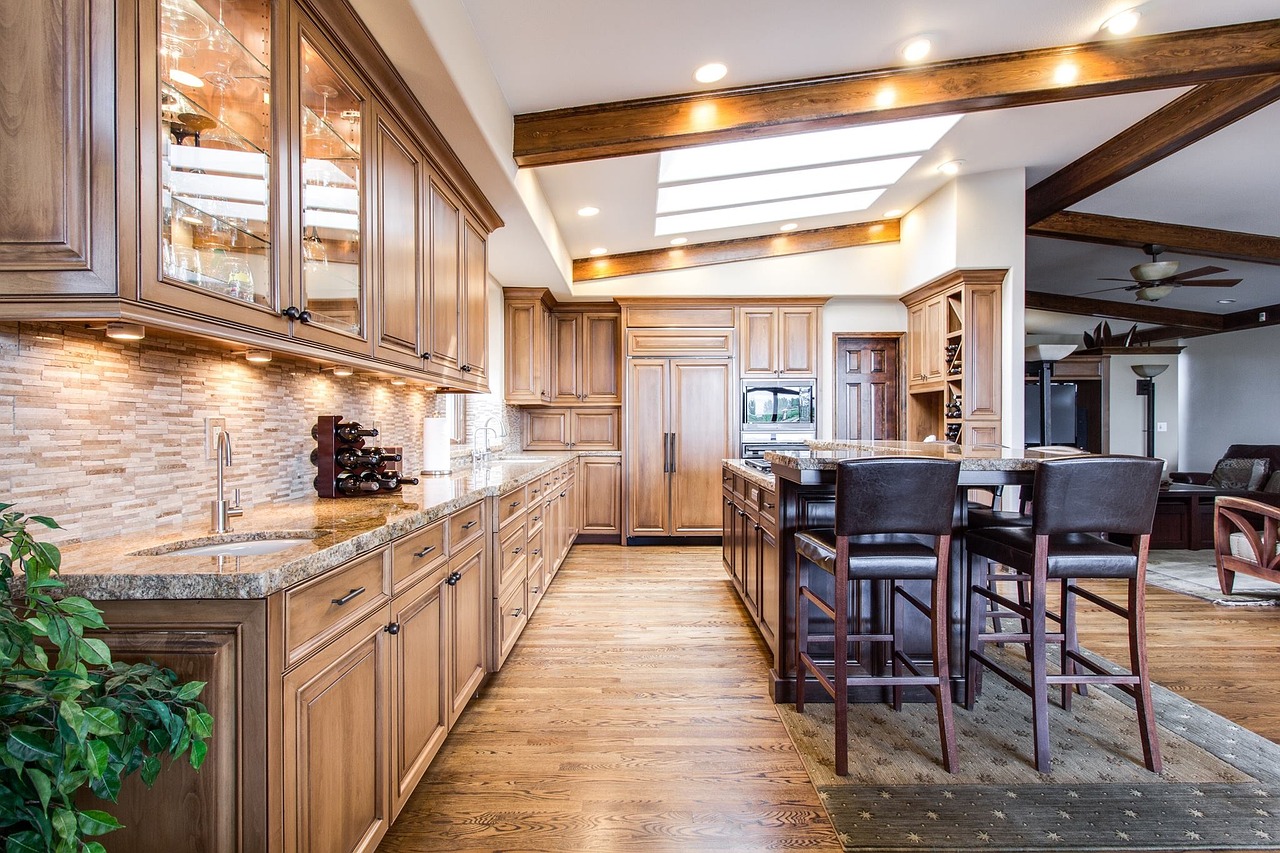As we age, our homes become increasingly important to us. They are not just our dwelling places, but they become our sanctuaries, our safe havens, our places of peace and comfort. As we age, our physical abilities change, and the ambitious kitchen that once felt like a cozy and familiar space may become a source of frustration and even danger. That’s where aging-in-place kitchen design comes in.
Clear the Path
Our kitchens are the heart of our homes, where we cook, eat, and connect with our loved ones. By creating a functional and accessible space that adapts to changing abilities, you can transform your ambitious kitchen into a safe and enjoyable space for living.
The first step in creating an aging-in-place kitchen is to clear the path. Widen walkways to ensure enough space for comfortable movement with assistive devices like walkers or wheelchairs.
Install high-quality hardwood flooring that is easy to clean and maintain. Remove obstacles, such as clutter, area rugs with tripping hazards, and sharp corners on countertops and cabinets. By creating a clear and open space, you can reduce the risk of falls and make it easier to move around the kitchen.
Adjust Heights and Reaches
The second step is to adjust heights and reach. Lower countertops to a height of 28-34 inches for working surfaces accessible from a seated position. This makes it easier to prepare food and work in the kitchen while in a wheelchair or seated position. Raise appliances by considering microwaves placed on countertops or pull-out shelves for easier access.
Install adjustable shelving that allows for flexibility in reaching frequently used items. By making these simple adjustments, you can ensure that everything in your kitchen is within reach and accessible.
Enhance Visibility and Control
Enhance visibility and control. Brighten your space by employing lighting with dimmers to adjust brightness as needed. Choose contrasting colors, such as dark counters with light cabinets, for better visual distinction or light hardwood flooring.
Replace knobs with levers on faucets and cabinet doors that are easier to grip and operate. By enhancing visibility and control, you can make your kitchen a safer and more comfortable space to work in.
Embrace Smart Technology
The fourth step is to embrace smart technology. Voice-activated controls can operate lights, appliances, and even certain kitchen functions with voice commands. Automated faucets and dispensers can eliminate the need for manual contact and prevent germ spread.
Smart appliances can monitor cooking progress, remotely adjust settings, and receive notifications for added convenience and safety. By embracing smart technology, you can make your kitchen more efficient and easier to use.
Prioritize Safety and Comfort
The fifth and final step is to prioritize safety and comfort. Install grab bars strategically near toilets, sinks, and bathing areas for additional support. Choose non-slip flooring, such as textured or cushioned flooring, to prevent falls, especially in wet areas. Consider assistive technology, such as pull-out pantries, lazy susans, and automatic door openers, for easier access. By prioritizing safety and comfort, you can ensure that your kitchen is a safe and enjoyable space for living.
Aging-in-place kitchen design is an essential aspect of creating a safe and comfortable home for seniors. By following these simple steps, you can transform your kitchen into a space that adapts to your changing abilities and needs.
Clear the path, adjust heights and reaches, enhance visibility and control, embrace smart technology, and prioritize safety and comfort. With these principles in mind, your kitchen can become a safe, comfortable, and independent space for you to enjoy, regardless of your age or abilities.

